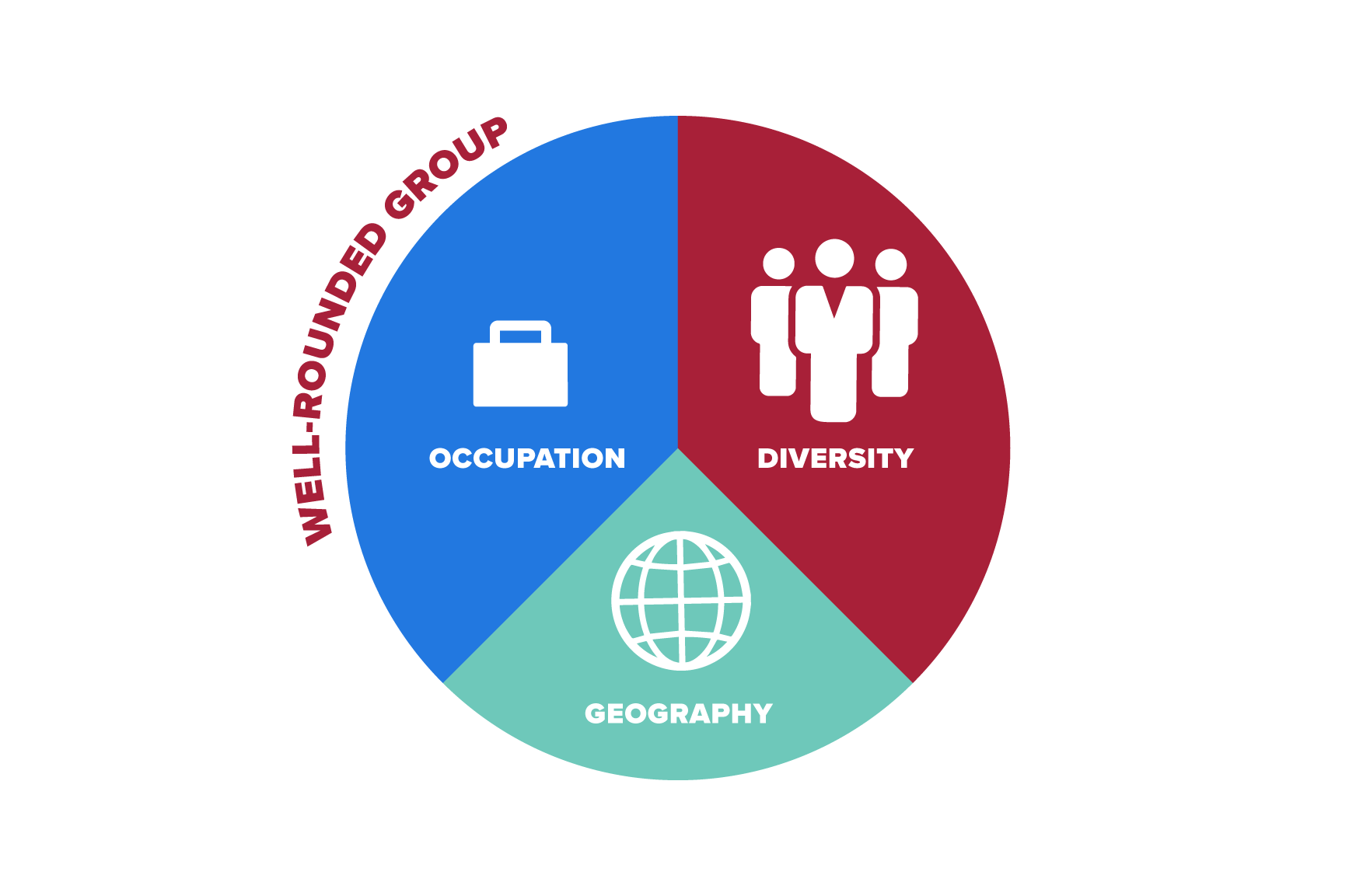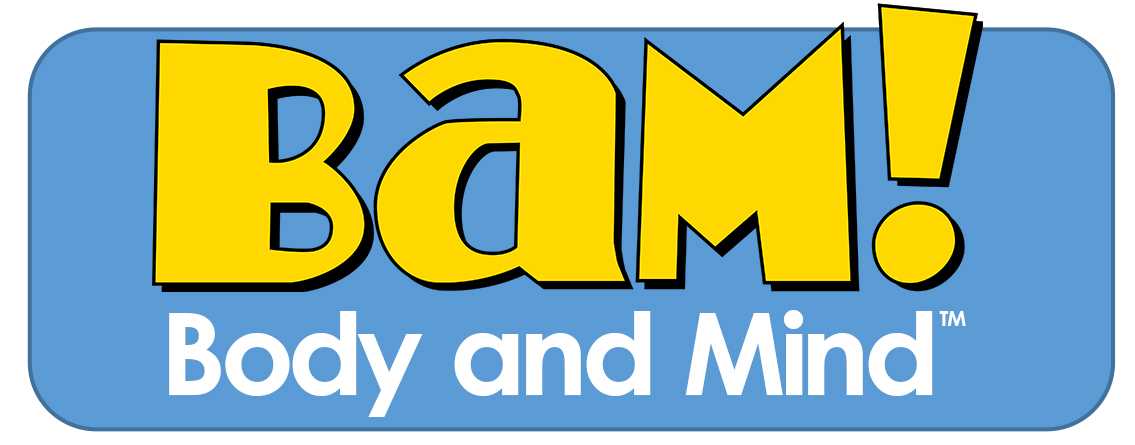Phase 2: Recruitment
Now that you have identified your goals and determined what you need in a training cadre, it is time to recruit a strong team to help you meet those goals. You will want individuals with a diverse set of skills who are dedicated to completing your mission. The structure of your training cadre will depend on your specific needs, goals, and resources.
When deciding who to choose for your training cadre, there are five basic steps to follow:
| |
1. Customize the Training Cadre Application [DOC – 50 KB] form and the Rubric: Applicant Rating Scale [DOC – 44 KB] based on your specific requirements. |
| |
2. Provide the application to potential applicants. |
| |
3. Form a review committee to help select members. |
| |
4. Review the submitted applications using the selection rubric. |
| |
5. Select cadre members. |
Application Process
Application Form
Training Cadre Case #2
The Importance of Setting Expectations
Two trainers from a newly formed cadre were charged with conducting trainings on specific topics. Evaluation feedback showed two very different results from each session. Participants in the first session did fun exercises, but left without gaining actionable knowledge. Participants in the second session experienced the opposite. The trainer provided a thorough overview of the topics, opportunities to practice, and a plan for follow-up support. The cadre selection team did not thoroughly review the experience and qualifications of either trainer and was not clear on required competencies during the selection process. Neither trainer was provided with clear expectations. As a result, the less-qualified trainer was not adequately prepared to deliver the training.
Lesson Learned: Thoroughly review experience and qualifications during the selection process and clearly communicate expectations.
Your application form should include the following components:
- Specific need(s) and/or basic rationale for forming this specific cadre
- Basic contact information for applicants
- Expected level of commitment for cadre members
- Estimated time frame of involvement
- Required competencies of cadre members
- Preferred previous experience:
- Related to the work of the cadre
- In working with the target audience
- In building a support base for an initiative
- In forming partnerships
- In delivering and facilitating trainings and other PD events
- Selection process and rubric for choosing team members
- Amount of compensation for members, if any
- Signature of applicants and appropriate administrator(s) or other approver(s)
You can customize the available rubrics to meet your specific needs so that applicants are clear on how team members will be selected. The rubrics will also assist you in the selection process.
While this process may seem lengthy, refer to Training Cadre Case #2 to learn the importance of having a solid process.
Candidate Screening and Rating
Potential Cadre Members
- Organizational leaders
- Administrators
- Organizational staff
- Staff at partner organizations
- Higher education partners
Now that you have received applications from potential cadre members, it is time to screen them to decide who will best contribute to your mission. As part of your screening process, it can be helpful to form a small internal team to review applications, looking for those applicants who:
- Are motivated to achieve the goals
- Are champions who will make a difference
- Have demonstrated success in the field
- Have strong skill sets in communication and delivering trainings and PD events
- Have knowledge relevant for the work of the cadre
Characteristics of a Strong Training Cadre

As you review applications, work with your review committee to match applicants against the applicant rating scale, identifying members who will fill specific roles on the cadre and form a high-performing team. View the checklist for Characteristics of High Performing Teams [DOC – 46 KB].
When final selections are made, it is time to contact the candidates to offer the selected applicants placement in the cadre.
Once your cadre is formed, you will want to communicate with the team to schedule a kickoff meeting.
Your New Cadre
Cadre Structure
Potential Cadre Member Roles
Not all cadre members will be able or qualified to train on all topics. This depends heavily on the nature of the cadre, the goals and objectives, the specific trainings being delivered, and the audience. A training cadre has many roles to fill.
The organization of your training cadre will depend on several factors, such as the size and regional makeup of your organization, the purpose of your cadre, and the number of team members needed.
One approach to an effective cadre structure might consist of one or more representatives from each department, other organizational unit, or partner. For example, you could select one or more individuals within each organizational unit, administrative, and other specialty areas, as illustrated in this sample cadre Organizational Chart [DOC – 44 KB].
The Cadre Organizational Chart is a template that you can customize to help determine the best structure to accomplish your goals. This can then prove invaluable for identifying gaps in representation from particular organizational units or specialty areas.
Examples of Member Roles
| Cadre Member | Role | |
| |
Administrator |
|
| |
Physical education teachers |
|
| |
University and college staff |
|
Kickoff Meeting
The kickoff meeting is a unique opportunity to form a dynamic and effective cadre. It sets the tone for the work of the training cadre. Some suggested activities for your kickoff meeting are to:
- Establish group norms for
- Participation in meetings
- How to address questions that arise
- Schedules for how often to meet
- As a collaborative activity, revisit the purpose of the cadre and discuss your:
- Vision
- Mission
- Goals
- Objectives
- Decide on the roles of each team member
- Identify online collaboration tools to use for working together
You can customize the Training Cadre Kick-Off Meeting: Agenda [DOC – 41 KB] and use it to facilitate your kickoff meeting.
Identify Barriers and Solutions
Consider asking yourself and colleagues:
- What are barriers to recruiting your team?
- What are barriers to getting started with the kickoff meeting?
- What can be done to overcome these barriers?
Resources for this Section
- Applicant Recommendation [DOC – 43 KB]
- Applicant Training Experience [DOC – 41 KB]
- Characteristics of High Performing Teams [DOC – 46 KB]
- Coordinator Roles and Responsibilities [DOC – 45 KB]
- Factors That Contribute To High Performance [PDF – 67K]
- Organizational Chart [DOC – 44 KB]
- Potential Training Cadre Structures [DOC – 44 KB]
- Rubric: Abbreviated Candidate Selection [DOC – 42 KB]
- Rubric: Applicant Rating Scale [DOC – 44 KB]
- Rubric: Detailed Candidate Selection [DOC – 48 KB]
- Successful Candidate Agreement [DOC – 43 KB]
- Training Cadre Application [DOC – 50 KB]
- Training Cadre Kick-Off Meeting: Agenda [DOC – 41 KB]
- Training Cadre Member Roles and Responsibilities [DOC – 44 KB]
- Page last reviewed: September 14, 2016
- Page last updated: September 14, 2016
- Content source:



 ShareCompartir
ShareCompartir